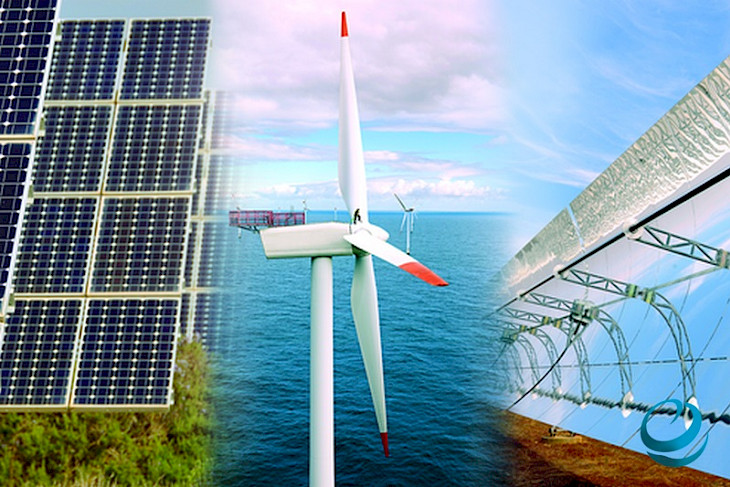By the end of 2024, Tajikistan’s installed capacity of renewable energy sources (RES) reached 5,738 megawatts (MW), which is 15.8% higher compared to 2015, when it stood at 4,957 MW, according to a report by the International Renewable Energy Agency (IRENA), Asia-Plus.tj reports.
Almost all of this capacity comes from hydropower plants (HPPs), highlighting the central role of hydropower in the country’s energy balance.
Hydropower: The Foundation of Tajikistan’s Energy System
Hydropower remains the main source of electricity in Tajikistan. Since gaining independence in 1991, the country has increased its total installed capacity from 4,413 MW to 5,738 MW in 2024—an increase of 30%.
Electricity generation also grew during this period, rising from 17 billion kWh to 22.4 billion kWh, which represents a 31.7% increase.
The Potential for Solar and Wind Energy Development
Despite the dominance of hydropower, Tajikistan holds significant potential for the development of solar and wind energy.
The country receives an average of about 300 sunny days per year, making it attractive for solar energy investments. Additionally, some regions—especially mountainous and foothill areas—offer favorable conditions for wind energy projects.
Regional Cooperation and Grid Integration
In June 2024, Tajikistan rejoined the Unified Energy System of Central Asia, opening up new opportunities for regional cooperation in the energy sector.
This step contributes to strengthening energy security, improving grid efficiency, and expanding electricity trade among the countries of the region.
Comparison with Other Central Asian Countries
While Tajikistan maintains a leading position in terms of installed renewable energy capacity, other countries in the region are also showing impressive growth.
-
Uzbekistan increased its RES capacity from 1,882 MW in 2015 to 5,166 MW in 2024—an increase of 174.5%. The main contributions came from solar power plants (2,275 MW), HPPs (511 MW), and wind farms (500 MW).
-
Kazakhstan expanded its RES capacity from 2,807 MW in 2015 to 5,419 MW in 2024—a 93.1% increase. Growth was driven by new wind farms (1,336 MW), solar stations (1,139 MW), and HPPs (132 MW).
-
Kyrgyzstan, on the other hand, recorded an 11.4% decline—from 3,677 MW in 2015 to 3,258 MW in 2024. The IRENA report does not specify the reasons for this decrease.
What Does Tajikistan Need for Further Renewable Energy Development?
To advance its renewable energy sector, Tajikistan needs to:
-
Diversify its renewable sources by developing solar and wind energy;
-
Attract investment in new projects and in modernizing existing infrastructure;
-
Strengthen regional cooperation within the framework of the Unified Energy System of Central Asia.
Given its natural resources and strategic location, Tajikistan is well-positioned to solidify its leadership in renewable energy across the region.
CentralasianLIGHT.org
May 2, 2025

